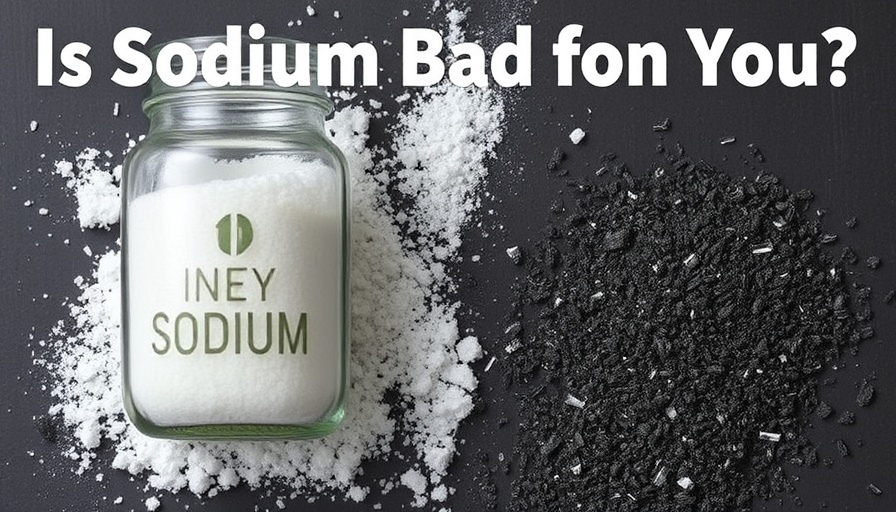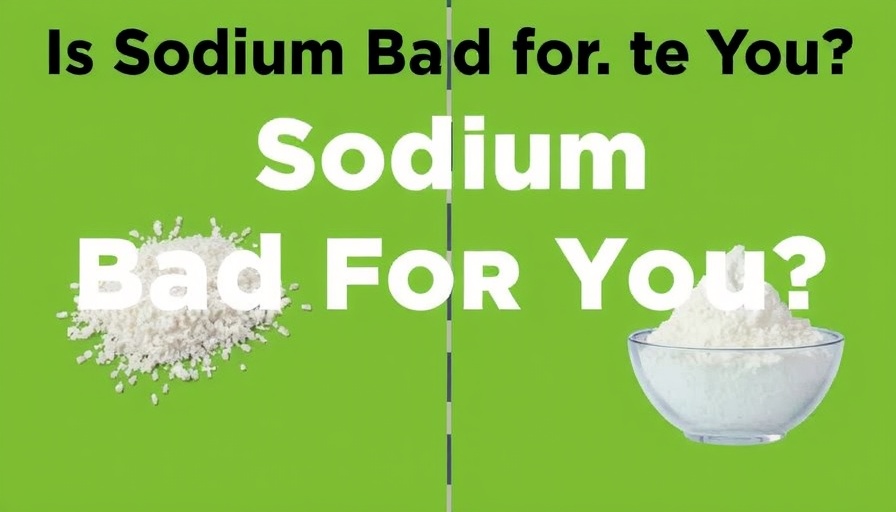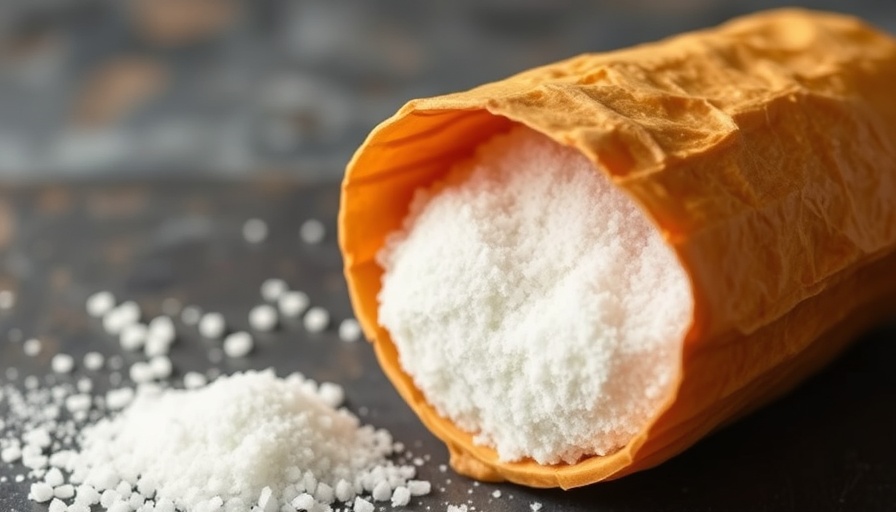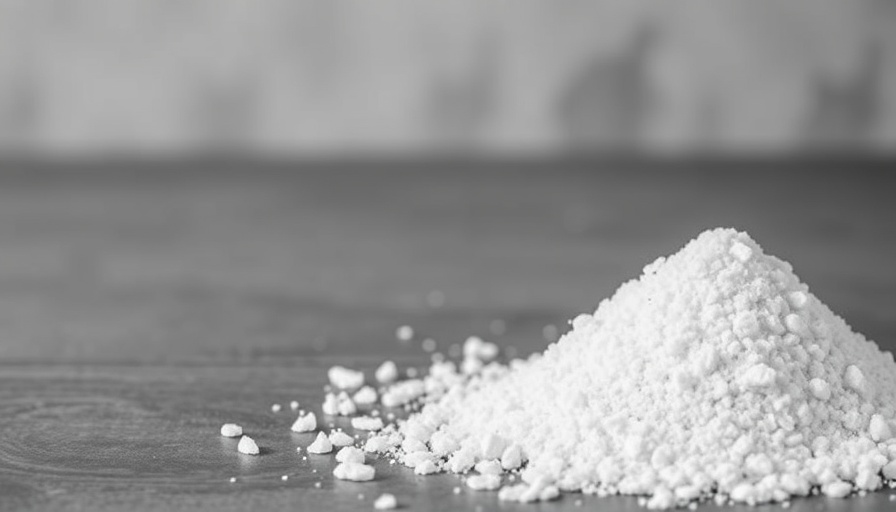
Understanding Sodium: Essential Yet Misunderstood
Sodium is a mineral found in various foods and is crucial for maintaining fluid balance, nerve function, and muscle contraction. However, the common narrative surrounding sodium paints it as a villain in our diet. Is that misconception merely a myth?
Historical Context of Sodium in Diets
Historically, sodium, primarily consumed through table salt, has been an essential part of human diets for centuries. It was even used to preserve food well before modern refrigeration methods. In moderation, sodium supports vital physiological functions; however, excessive intake can lead to health issues such as hypertension and cardiovascular diseases.
Current Guidelines and Recommendations
Health organizations recommend that adults limit their sodium intake to about 2,300 mg per day—roughly one teaspoon of salt. For those with specific health concerns, such as high blood pressure, a lower intake may be advisable. Understanding these guidelines can help parents ensure their families maintain a balanced diet.
Balancing Sodium in Family Meals
For parents and caregivers, the goal is to create meals that are not just healthy but also flavorful. One approach is to rely on herbs and spices rather than salt to season dishes, enhancing flavors without excessive sodium. Choosing fresh foods over processed options, which often contain hidden sodium, is another effective strategy.
Future Predictions: What Lies Ahead for Sodium Consumption?
As we evolve in our understanding of nutrition, future dietary recommendations may shift. We could see a greater emphasis on education about sodium's necessity and the benefits of striking a balance in its consumption. No longer viewed primarily as an enemy, sodium could be recognized for its essential roles.
As we navigate our family’s dietary needs, recognizing sodium’s role as both essential and potentially harmful is key. With controlled intake, we can secure its benefits while avoiding its risks.
 Add Row
Add Row  Add
Add 




 Add Row
Add Row  Add
Add 
Write A Comment